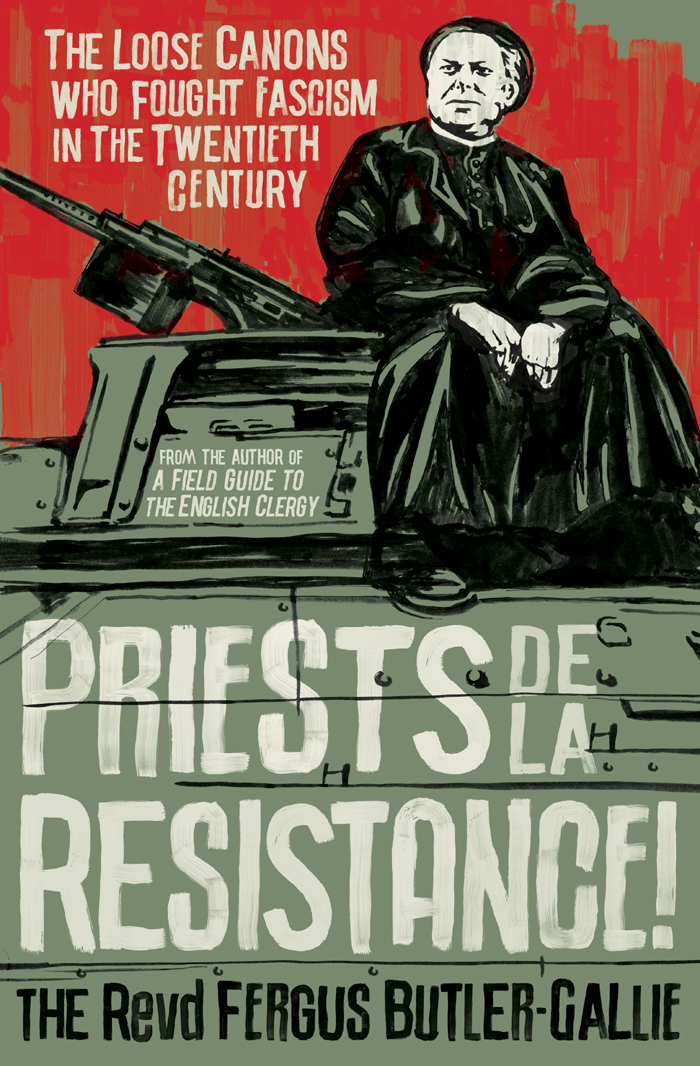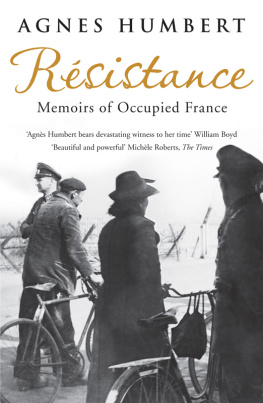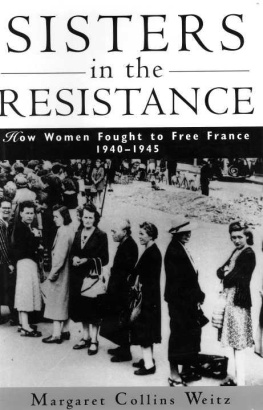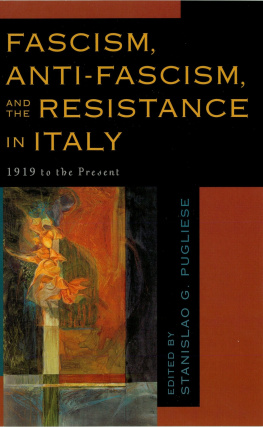
PRAISE FOR
A FIELD GUIDE TO THE ENGLISH CLERGY
A Book of the Year for The Times,
Mail on Sunday and BBC History Magazine
Wonderfully entertaining A hilarious yet thoughtful reminder that the Christian faith wasnt always thought incompatible with a sense of humour or a healthy bolshiness.
Sunday Times
Eye-popping tales of lunacy, debauchery and depravity Butler-Gallie knows whereof he writes, being a curate himself, and he has done a splendid job presenting a smorgasbord of most peculiar parsons.
Sebastian Shakespeare, Daily Mail
Entertainingly erudite But it is also a surprisingly profound work For all its mischief, Butler-Gallies work of lightly worn erudition is a paean to a great English institution, finely tuned to the temper of its representatives, good, bad and indifferent. We should treasure it more.
Literary Review
We havealways kept a special haven for oddballs in the Church of England, as Fergus Butler-Gallie demonstrates in this entertaining compendium Their foibles cover all bases from absentmindedness to epic drunkenness Im glad I read this one. Its a lot of fun.
Rose Wild, The Times
A humorous compendium of some of the oddball clergy who have served the Church over the centuries These thumbnail portraits reveal a very broad church indeed.
New Statesman
The Church of England has produced some real oddballs in its time, and this is an entertaining gallop through several centuries worth of them Butler-Gallie has done his homework, digging out some rare gems This is the story not just of eccentrics, but also of a leisured age that is no more.
Harry Mount, Spectator
It may have the makings of a modern classic Butler-Gallie chronicles not just Anglican follies, but also human weaknesses which we all share and with which we can perhaps sympathise.
Catholic Herald
This is a ridiculously enjoyable book: funny, compassionate, and wonderfully well-written.
Tom Holland
A delightful, sympathetic, humorous and earthed cocktail of quirky English clergy.
The Rt Revd David Wilbourne

To my grandparents, who lived through the dark
times herein described, and who helped foster in me
two great loves of history and of hope.
CONTENTS
INTRODUCTION
War, Witness & Where We Are Now
T here is a story that echoes around the beer halls of Prague. Its as much part of the atmosphere as the folds of tobacco smoke and the groups of old men invariably huddled in the corner (who will, if the reader is prepared to pay for a round of drinks, relate the tale themselves replete with a sworn affidavit that they knew people who saw it happen despite the fact that it was almost certainly the invention of a Czech novelist). The story tells of an incident during the Nazi occupation of Prague, not long after the appointment of Reinhard Heydrich, the Director of the Gestapo, as Protector of Bohemia and Moravia in 1941. Heydrich was perhaps the most zealous member of the whole Nazi leadership even Hitler commented on his absolute lack of pity, referring to the tall Saxon as the man with the iron heart. He was utterly committed to the ideology of Nazism and his rule in Prague was supposed to be a dry run for how newly conquered territories would be administered when the inevitable total victory of Fascism was achieved. Heydrich set about his task with great enthusiasm, displaying a callous, urbane efficiency in consigning both places and people to oblivion.
A key part of Heydrichs programme was to demonstrate the superiority of the Reichs Teutonic culture over all others but especially over the degenerate Slavic and Jewish cultures, both of which were in abundant evidence in the city of Prague. As befits the birthplace of Don Giovanni, Prague is home to myriad opera houses, musical theatres and concert halls. Perhaps the grandest of these is the Rudolfinum, a barn of a building, its roof ringed by statues of the great composers who have looked out sullenly on the River Vltava since the late nineteenth century. Heydrich, so the story goes, became aware that among these inanimate virtuosi there was a stone Mendelssohn, a composer despised by the Fhrer on account of his Jewish birth. Consequently, the Reichsprotektor ordered the removal and destruction of the offending sculpture. A group of soldiers were dispatched to the concert hall accordingly, only to be met with tight-lipped silence as to which of the statues was, in fact, Mendelssohn from the buildings Czech curators (who, incidentally, will of course have been regulars in whichever pub the reader chooses to have the tale related to them). Frustrated, the soldiers used good Nazi logic and, after some searching, sourced a tape measure with which they proceeded to measure the noses of each of the statues. Having established which symphonist had the most sizeable conk, they began to have it removed, only for an onlooker to shout up that the figure they were in fact removing was Richard Wagner, Hitlers favourite composer.
The verisimilitude of the tale aside, it does highlight certain aspects of Fascism that are undoubtedly true. Foremost is its phenomenal pettiness. That one of the most senior officials of what was supposed to be a Thousand-Year Reich, destined to stretch across continents and radically change human society forever, decided to take time out of his day to fuss over the cosmetics of a music hall is astonishing. It is one of the reasons why Fascist figures, from Chaplins The Great Dictator to South Parks Eric Cartman, have consistently been considered so bathetic. It is hard not to laugh at the banality of it all. And yet that banality is, as Hannah Arendt so famously pointed out, one of the most chilling things about totalitarian ideology. To fuss over the identities of a set of sixty-year-old statues is ludicrous, but to do it and then calmly order the slaughter of thousands of human beings is deeply disturbing. It is a tendency that has outlasted the particular incarnation of totalitarianism described above from the arcane and complex ranks of the Ku Klux Klan to the propensity of dictators to pursue personal vendettas against people of proportionately little importance. Given this focus on minutiae, by equal measures amusing and appalling, it is not surprising that much resistance to Fascism consists of small acts of defiance the smuggled loaf of bread, the individual refusal to salute, the one life saved. One tiny act of resistance is enough to prove that the totalitarians victory is not, in fact, total, that they will never conquer everything.
Secondly, and in seeming contrast, it shows us the enormous credence Fascism gives to its own historical and cultural narrative and the necessarily vast scope of said narrative. This is, of course, not something unique to Fascist movements almost every ideological child of the French Revolution (whose adherents, lest we forget, tried to actually bring about Year Zero, creating a new calendar with days named after fruit baskets and crayfish) has sought to rewrite history as inexorably leading to the moment of glory. The slight problem with this historiographical exercise is that one comes up against things, ideas, people, etc. that do not necessarily match up to ones expectations. Such a scenario presents two options: either you bend said obstacles to fit the narrative or attempt to remove them altogether. Either choice would be a tall order for anyone, let alone neurotic, external-decor-obsessed Teutons or tubby, bedsheet-wrapped Midwesterners, yet, be it through the mediation of the
Next page










